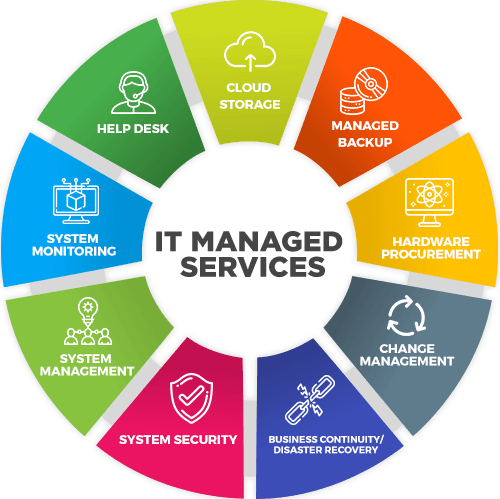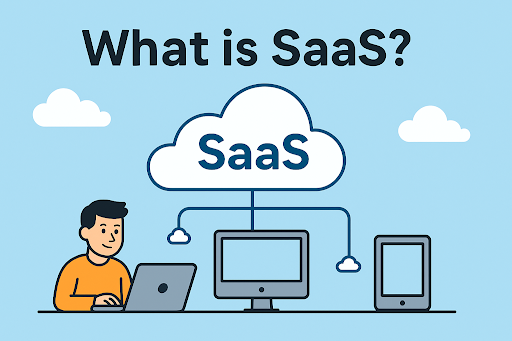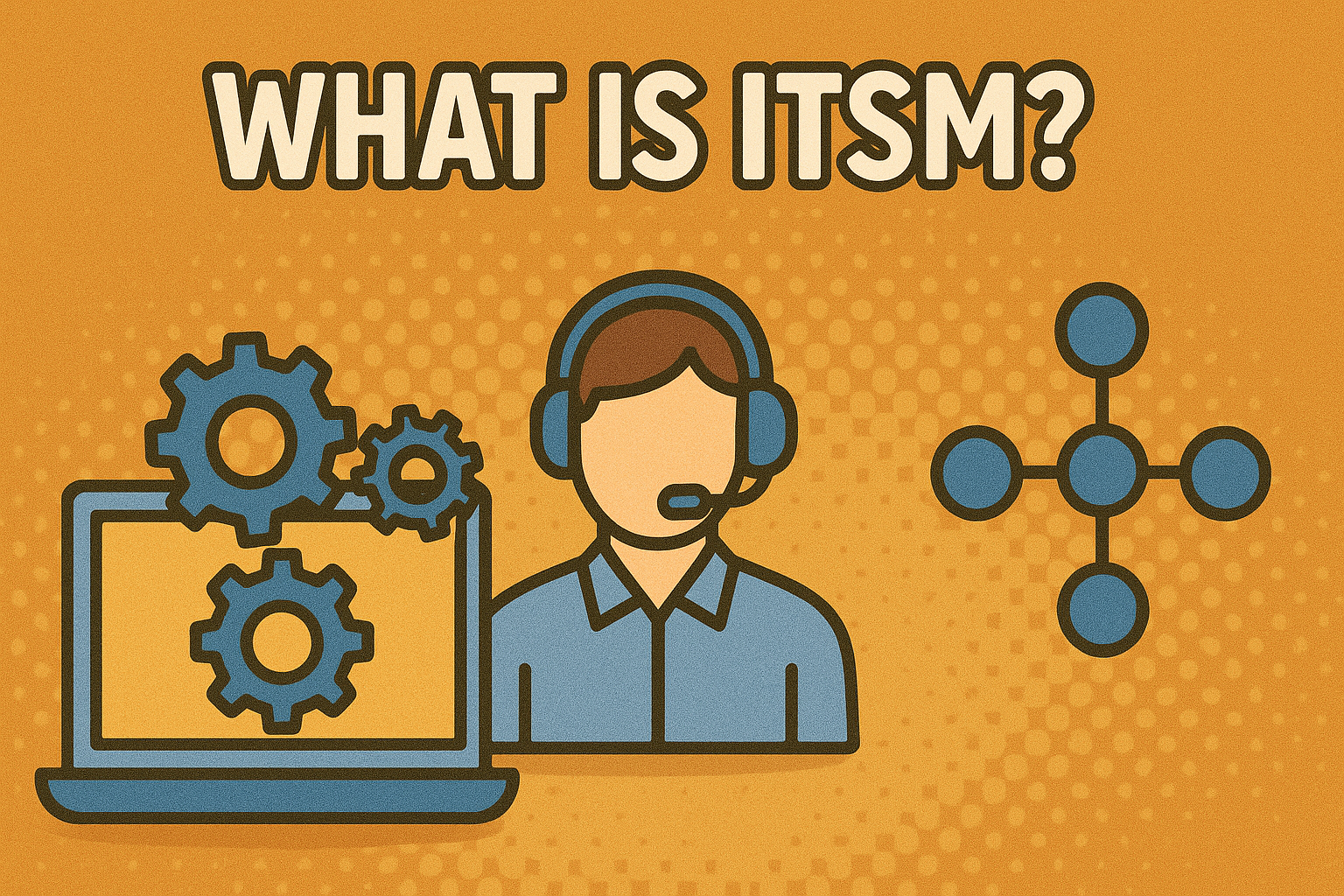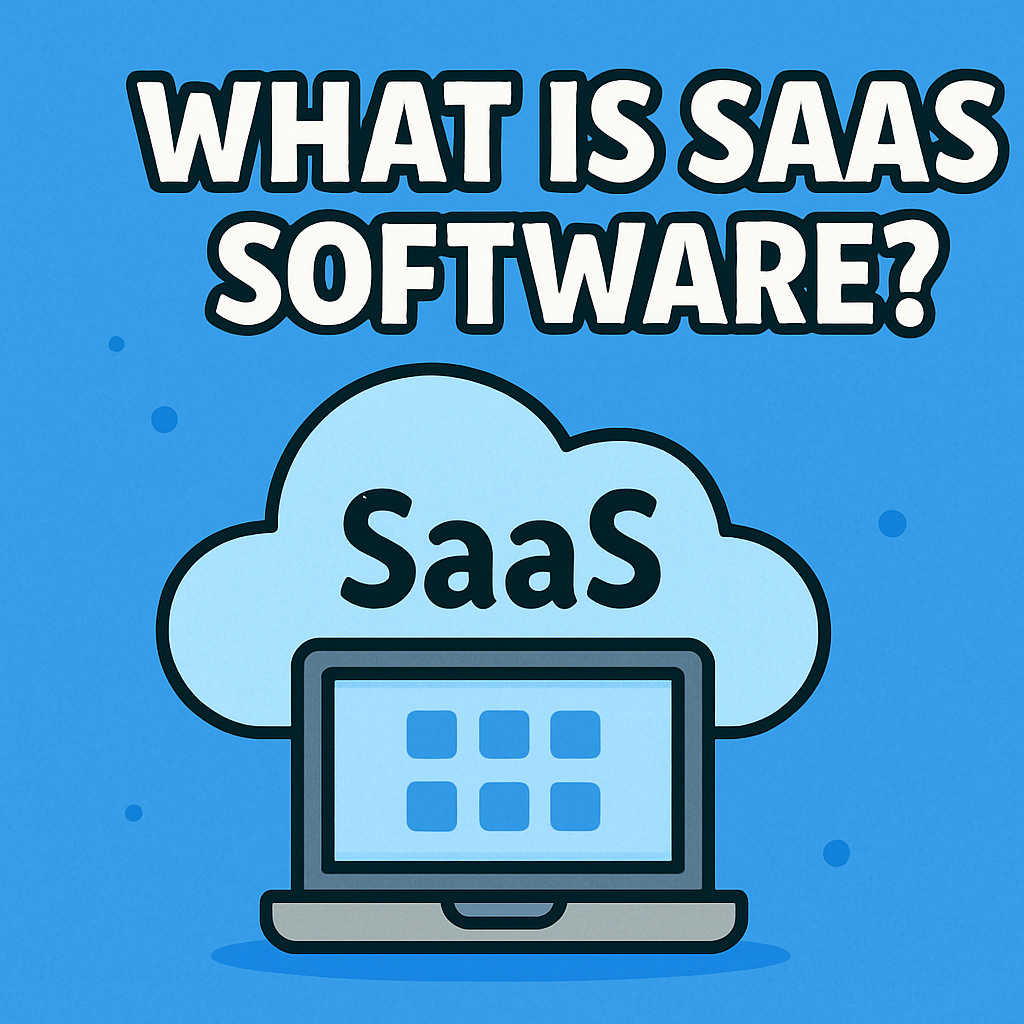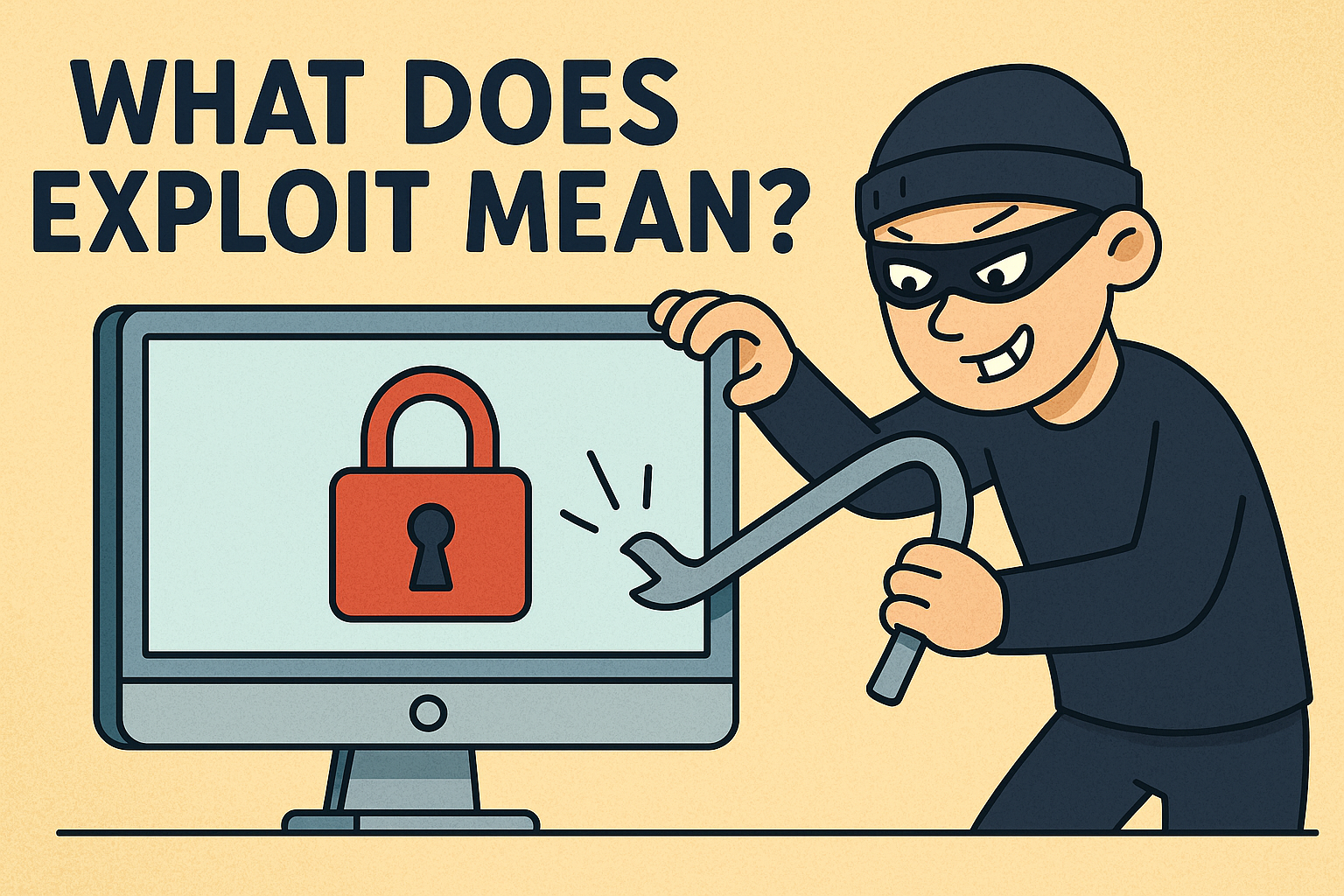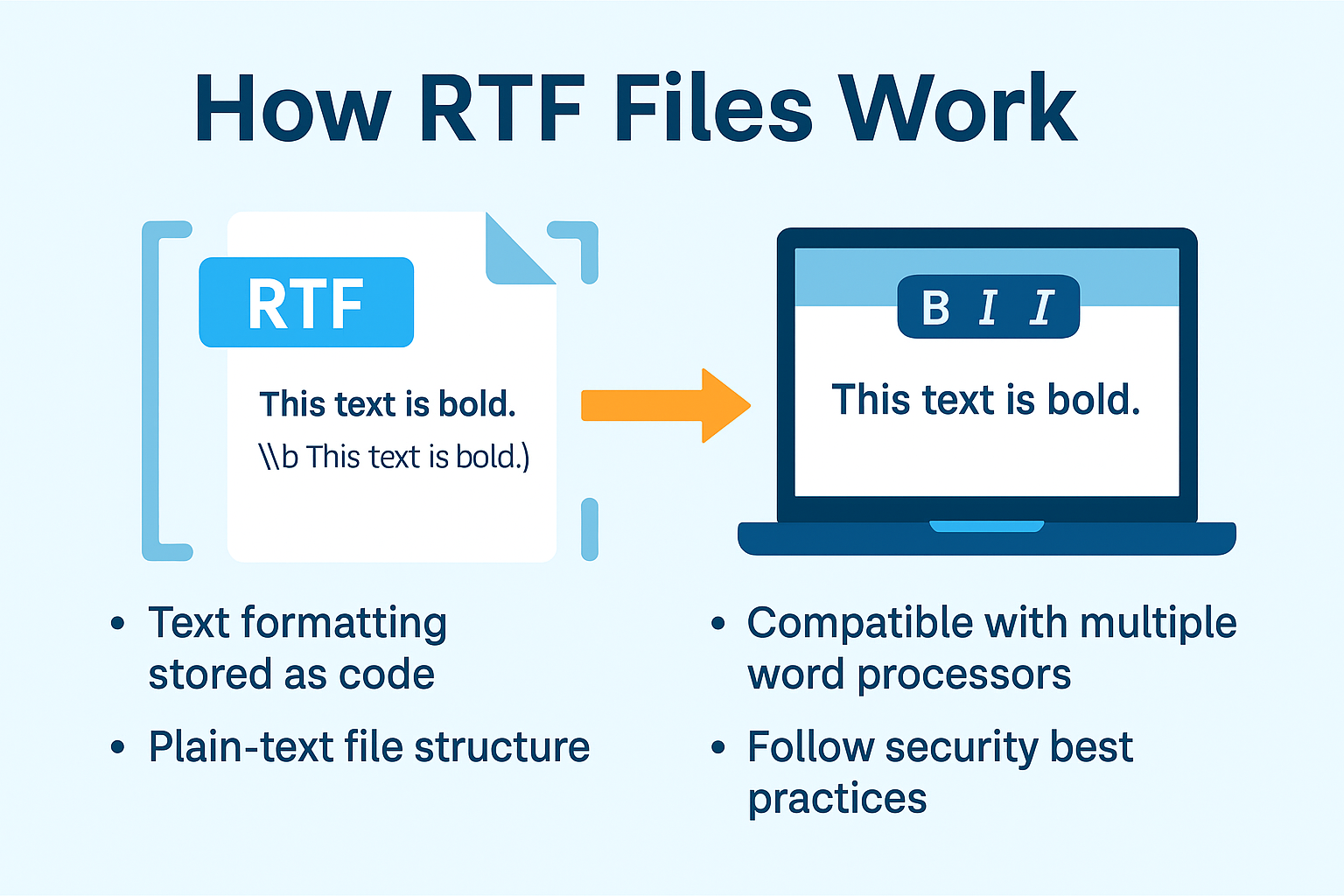What Is a CSV File Type? A Complete Guide for Businesses
Updated on October 24, 2025, by Xcitium
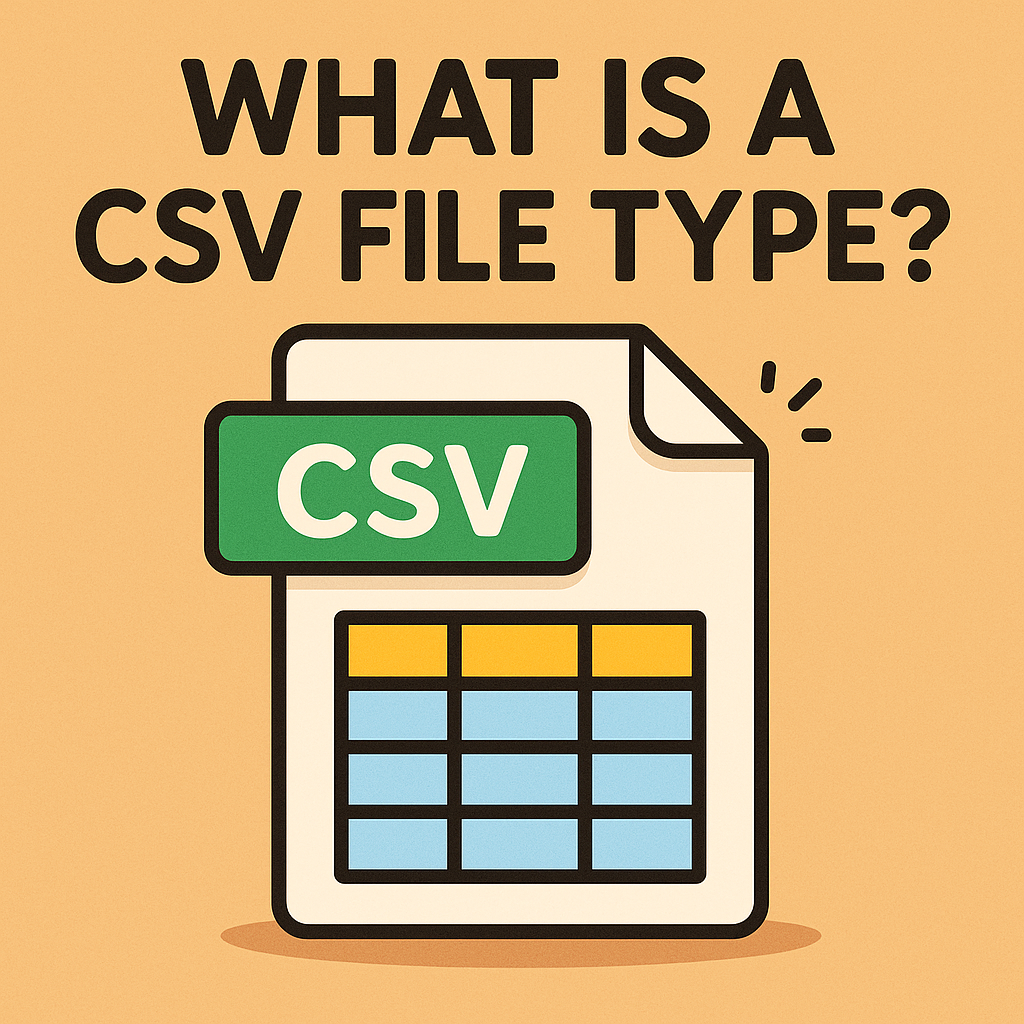
Have you ever downloaded a report or exported data and noticed the file ended in “.csv”? You might have wondered, what is a CSV file type, and why is it so commonly used in business, cybersecurity, and IT operations?
A CSV file, or Comma-Separated Values file, is one of the simplest and most versatile formats for storing and transferring data between systems. Whether you’re managing cybersecurity logs, business analytics, or financial reports, CSV files make it easy to organize, share, and analyze information — without complex software dependencies.
In this guide, you’ll learn what CSV files are, how they work, where they’re used, and the best practices for keeping them secure and efficient in a professional setting.
What Is a CSV File Type?
A CSV (Comma-Separated Values) file type is a plain text file that stores tabular data (like spreadsheets) where each line represents a row and each value within that row is separated by a comma.
For example:
Each row corresponds to a record, and each field (column) is separated by a comma.
Key Characteristics of CSV Files:
-
Extension:
.csv -
Format: Plain text — readable by both humans and machines
-
Structure: Rows and columns separated by commas or other delimiters (e.g., semicolons)
-
Compatibility: Works with most spreadsheet and database applications like Excel, Google Sheets, and SQL
Unlike proprietary formats (like .xls or .db), CSV files are lightweight, flexible, and universally supported — making them ideal for data sharing and integration across multiple systems.
Why CSV Files Matter for Businesses and IT Professionals
In the digital world, data is the new currency. CSV files enable businesses to easily exchange data across applications, departments, and even organizations without worrying about compatibility issues.
Here’s why CSV files are crucial:
-
Universal Compatibility:
Every major application — from Microsoft Excel and Google Sheets to cybersecurity tools like SIEM (Security Information and Event Management) systems — supports CSV imports and exports. -
Ease of Automation:
Scripts and APIs often rely on CSV files to automate data transfers and reporting. For instance, security logs or firewall events can be exported in CSV format for analysis. -
Simplicity and Accessibility:
CSV files are easy to read, modify, and create. Even non-technical users can open and edit them in text editors or spreadsheets. -
Efficiency in Storage:
CSV files are smaller and faster to process than complex database formats, which is especially useful for big data or cloud applications. -
Interoperability in Security Operations:
Cybersecurity platforms often use CSV files to share threat intelligence, export alert logs, or import configuration data across systems.
How CSV Files Work: Structure and Format Explained
CSV files rely on a straightforward structure that makes them versatile across systems and applications.
1. Rows and Columns
Each line in the file represents a row (record), and commas separate columns (fields).
2. Headers
The first line often includes headers — the names of each column:
3. Delimiters
While commas are most common, other delimiters (like semicolons, tabs, or pipes) can be used depending on locale or software requirements.
4. Quotes and Escaping
When data includes commas or special characters, quotation marks are used to avoid confusion:
5. End-of-Line Markers
Each row ends with a newline character, ensuring data remains structured when imported into databases or analytics tools.
Common Uses of CSV Files in Business and Cybersecurity
CSV files are not just for spreadsheets — they play an important role in modern enterprise workflows.
1. Data Analytics & Reporting
Businesses export CSVs from databases, CRMs, or ERP systems to analyze performance metrics, sales trends, or customer data.
2. Cybersecurity Operations
-
Security event logs, firewall activities, and incident reports are often stored in CSV format for easy parsing by SIEM tools.
-
CSV logs simplify investigation workflows and help cybersecurity teams correlate threat indicators.
3. Application Integration
Many APIs use CSV for bulk uploads or downloads because it’s lightweight and easily parsed.
4. Machine Learning & Data Science
Data scientists prefer CSV files for training and testing datasets since they’re straightforward to manipulate using Python or R.
5. Backup and Migration
CSV files are perfect for exporting and importing data during migrations between different systems or software platforms.
Advantages and Limitations of CSV Files
✅ Advantages:
-
Easy to create and understand
-
Lightweight and fast to process
-
Universally supported across platforms
-
Ideal for automation and scripting
-
Compatible with Excel, Google Sheets, databases, and analytics tools
⚠️ Limitations:
-
No support for complex data types (e.g., images, formulas)
-
Limited formatting — data presentation can be plain
-
No built-in data validation (human errors possible)
-
Large CSVs can be cumbersome to handle manually
Despite these limitations, CSV remains the preferred format for many data management workflows because of its flexibility and ease of use.
CSV File vs. Excel File: What’s the Difference?
Although both formats store tabular data, they have key distinctions:
| Feature | CSV File | Excel File (.XLS/.XLSX) |
|---|---|---|
| Format Type | Plain text | Binary/Compressed |
| File Size | Smaller | Larger |
| Compatibility | Works everywhere | Limited to Excel-compatible tools |
| Formatting | None | Supports colors, formulas, and graphs |
| Performance | Faster to load | Slower for large datasets |
In short:
Use CSV for interoperability and automation.
Use Excel for visualization and analysis.
Security Considerations When Using CSV Files
Because CSV files are often used to store sensitive data, security best practices are critical.
1. Sanitize Input Data
Never trust imported CSV data without validation. Attackers can inject malicious code or formulas (e.g., Excel formula injection like =cmd|' /C calc'!A0).
2. Encrypt and Control Access
Always encrypt CSV files that contain sensitive or personal data and limit access using permission controls.
3. Avoid Storing Passwords or Credentials
Storing login credentials or tokens in plain text within CSV files is a major security risk. Use encrypted formats or secure vaults instead.
4. Use Secure Transmission Channels
When sharing CSV files, use HTTPS, SFTP, or encrypted email attachments to prevent interception.
5. Regularly Audit and Delete Unused Files
Unnecessary CSV files left in shared folders can expose sensitive business data to unauthorized users.
Following these cybersecurity practices ensures CSV data remains safe while maintaining its efficiency.
Best Practices for Managing CSV Files
-
Use standard UTF-8 encoding to prevent character errors.
-
Document file structure (column names, types) for consistency.
-
Automate validation before importing CSVs into systems.
-
Backup regularly to avoid data loss.
-
Integrate with business intelligence tools for analysis and visualization.
-
Secure storage and deletion policies to align with data privacy regulations.
The Role of CSV Files in Automation and APIs
Many cybersecurity and IT systems rely on CSVs for automation and reporting.
Example Use Cases:
-
Exporting firewall logs into CSV for SIEM analysis
-
Automating inventory or configuration management scripts
-
Importing CSV threat intelligence feeds into detection platforms
With APIs, businesses can automate data exchanges seamlessly — a CSV file acts as the universal “translator” between different systems.
Conclusion
Understanding what a CSV file type is gives you a powerful edge in managing, analyzing, and securing your organization’s data. These lightweight, universally compatible files remain a cornerstone of business intelligence, IT management, and cybersecurity operations.
To recap:
-
CSV stands for Comma-Separated Values and stores tabular data in plain text.
-
It’s widely used in automation, analytics, and system integration.
-
Security hygiene — like encryption and validation — is essential when handling CSVs.
Whether you’re exporting cybersecurity logs, financial data, or marketing metrics, CSV files ensure data flows smoothly across your digital ecosystem.
👉 Ready to strengthen your business data security and visibility? Request a demo and see how Xcitium’s solutions simplify data protection and management.
FAQs About CSV File Types
Q1: What does CSV stand for?
A: CSV stands for Comma-Separated Values. It’s a plain text format used to represent tabular data where commas separate columns.
Q2: Can CSV files contain formulas or formatting?
A: No. Unlike Excel files, CSVs only contain raw data — no formatting, formulas, or macros.
Q3: How do I open a CSV file?
A: You can open a CSV file in any text editor, spreadsheet software (like Excel or Google Sheets), or data analytics tool.
Q4: Are CSV files safe?
A: CSV files are safe if handled correctly. Avoid storing sensitive data in plain text, and always validate CSV imports to prevent injection attacks.
Q5: Why are CSV files popular for cybersecurity and IT operations?
A: They provide a standardized, lightweight way to share and analyze log data, security events, and configurations across tools and platforms.





